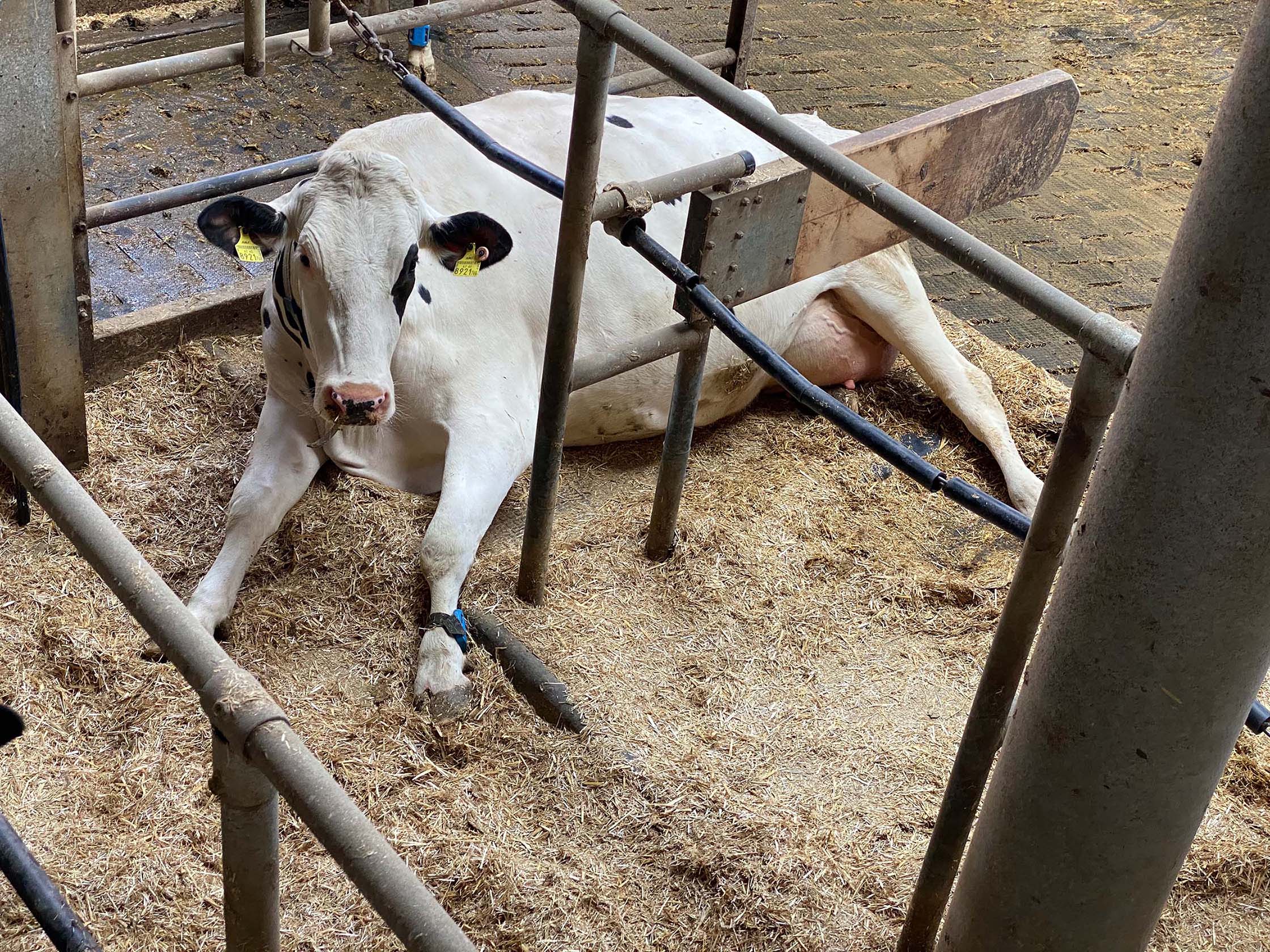One of the early signs of hypocalcemia is a reduction in rumen motility. Other illnesses such as B. Rumen acidosis, febrile illnesses and inflammatory reactions can lead to reduced motility. However, it can be assumed that the changes in motility caused by milk fever follow typical patterns. Thanks to the progress in sensor technology in recent years, boluses are available that precisely measure rumen motor activity and can send this data to an external data storage device. With the help of appropriate algorithms, the curves of all parameters could be analyzed and corresponding patterns identified.
The HypoCaMot project aims to create the basis for a tool for the early diagnosis of hypocalcemia. The study will be carried out in the dairy herds of the HBFLA Raumberg-Gumpenstein. All cows (approx. 60) that calve on the farm over the course of a year are included in the study. By comparing the sensor data with clinical examination parameters (urine, blood tests, diagnosis and treatment of clinical hypocalcemia) and animal-related data such as individual feed intake, milk production and milk ingredients, the identification of motility patterns for the early diagnosis of milk fever should be possible.
Timely detection is accompanied by the possibility of early therapy in order to avoid clinical progression of hypocalcemia, which often leads to secondary injuries, pain and loss of performance. This makes a significant contribution to improving animal health and welfare around the critical time of calving.









